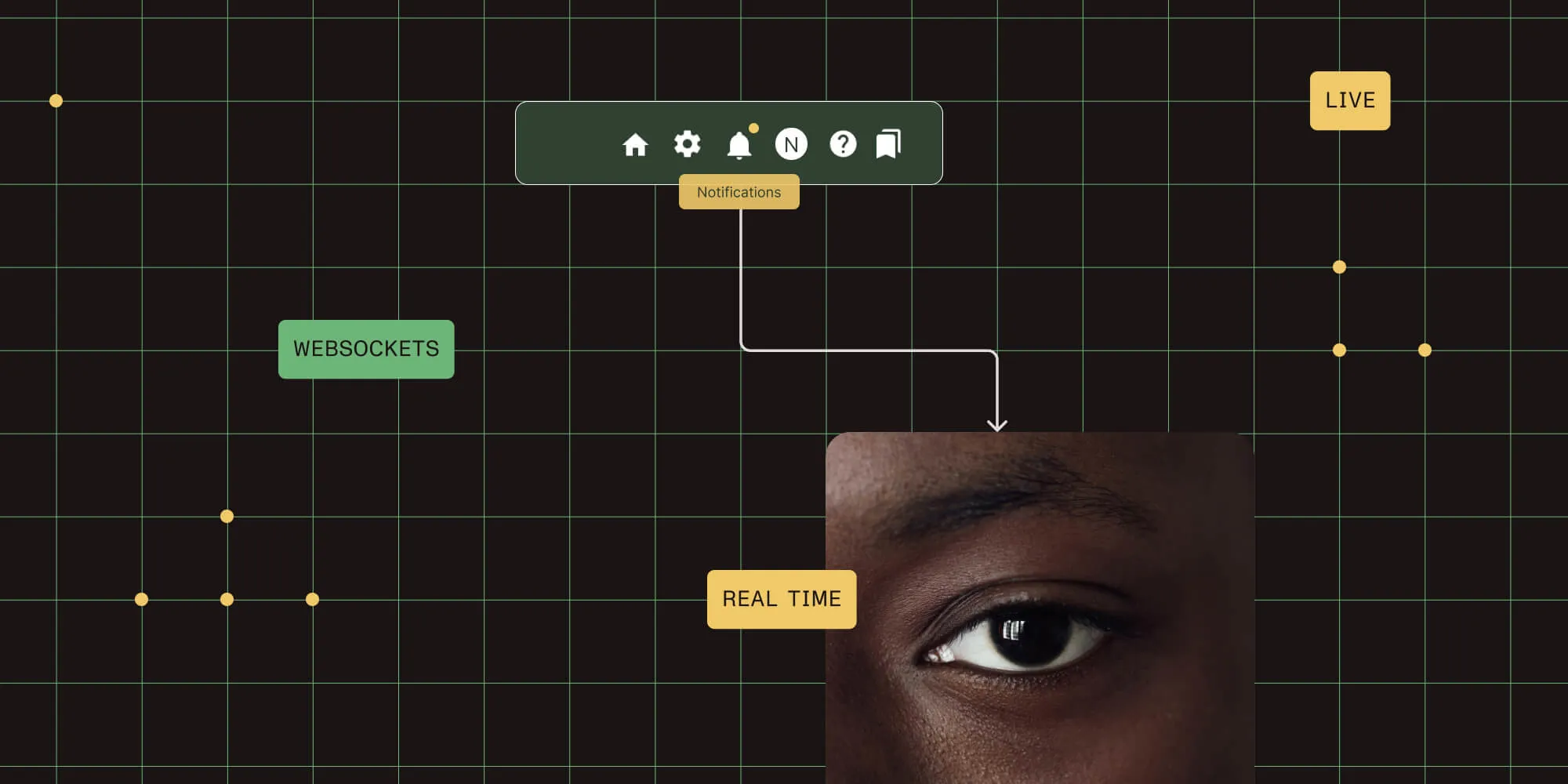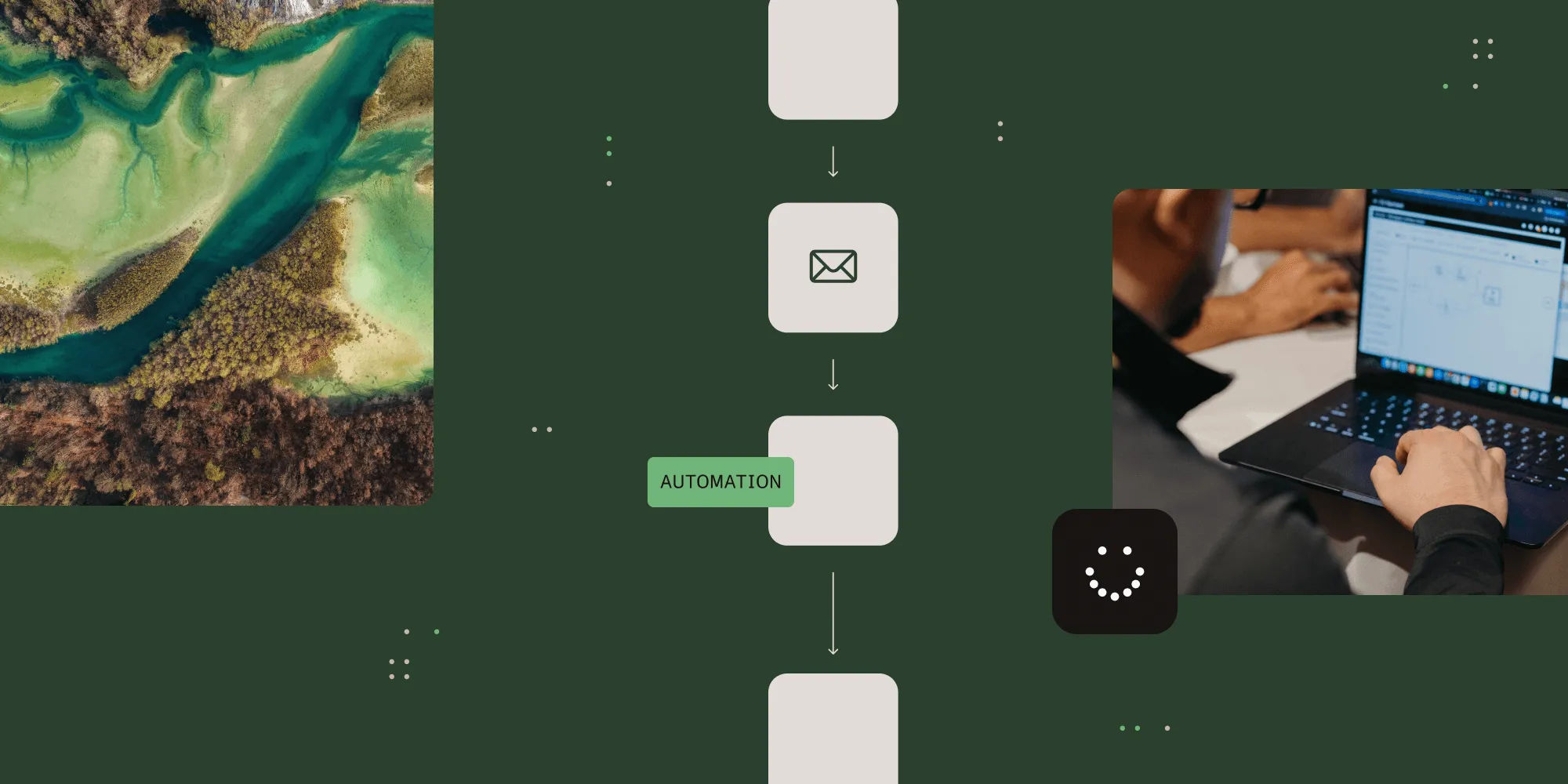Tips for Engaging Project Stakeholders
Table of contents

This post offers tips on how project managers can keep their project stakeholders engaged. It also provides information on identifying stakeholders and their claims to the project.
See Also** :**
- The Difference Between Learning and Doing Project Management
- Real World Project Management
- How to Delegate Authority
Project managers starting a new project often want to dive right into gathering requirements since this process is part of their core expertise. However, stakeholders may not fully understand what they need to do, resulting in a misalignment of expectations between the project manager and stakeholders. This difference can cause stakeholders to become disengaged with the project, greatly increasing the difficulty of the manager’s job.
The specific consequences of stakeholder disengagement include a lack of team mentality due to team members working towards different goals. It can also result in a loss of productivity when the team fails gather complete, accurate requirements in a timely manner. Furthermore, stakeholders become frustrated when they don’t understand what the project manager needs.
Tips for keeping stakeholder engaged in project management include the following:
- Identify the stakeholders.
- Communicate with them.
- Determine their motivation.
- Explain the process.
- Define the requirements.
1. Identify the stakeholders.
Stakeholders can be anyone who cares about the project, whether they play a direct role in the project or just have an interest in its solution. Direct stakeholders include team members who will help to develop the solution and staff members whose jobs could change when that solution is implemented. Indirect stakeholders with an interest in a project’s solution include the organization’s legal department, which may need to ensure its compliance with government regulations and industry standards. Mailroom staff may also become indirect stakeholders if the solution includes a marketing campaign that could increase outgoing mail.
A project manager should perform a stakeholder analysis to identify the project’s stakeholders, typically in collaboration with the project’s business analysts. Personnel in these two roles should have a slightly different perspective about who will be affected by the project, allowing them to develop a solid list of stakeholders.
End users of the project’s solution should be strong stakeholders, whether that solution is a process or technology. People that the end users provide information to or get information from will are also likely to be project stakeholders. The people who manage other systems used by the project’s end users may be stakeholders if the solution will significantly affect the use of existing systems.
2. Communicate with them.
Keeping project stakeholders engaged is more about communication than any particular technology or process. It’s generally better to overcommunicate obvious or unnecessary details than it is to assume that all the stakeholders know what to expect from a new project. Project managers can elevate themselves in the minds of their stakeholders and earn their trust by applying their skills to key activities, thus providing stakeholders with a sense of ownership in the process. Stakeholders that become completely engaged will assist vendors and each other in remaining focused on the project.
3. Determine their motivation.
Determining the stakeholders’ ultimate motivation is essential for keeping them engaged. For example, the project’s purpose could be to develop a fully automated solution that will provide seamless end-to-end processes for its end users. Serving up all the data needed by the end users is another common guiding principle for an integrated system solution. Identification of the primary business goals that stakeholders are trying to reach is also helpful in understanding their motivation. For example, a bus driver who needs to reduce turnaround time will be most interested in matters involving time management.
It’s important to establish the project’s underlying assumptions when trying to understand stakeholders’ motives. For example, an assumption that individuals will still be responsible for their duties even after some aspects of their job are automated will allow stakeholders to get past potential stumbling blocks over enforcing existing business rules on a new solution. System-related issues may also be set as assumed information, such as defining areas of functionality that are outside the project’s scope.
4. Explain the process.
Project managers shouldn’t assume that stakeholders already know what will be expected of them and what they can expect from the project manager. Some stakeholders may have never been through project development before, making a high-level overview of this process essential for engaging stakeholders. This explanation can be helpful as a reminder, even if a stakeholder has already experienced project development. It’s also important for project managers to explain the techniques they’ll be using and perform a solution analysis.
The more stakeholders know in advance about what they can expect during the project’s development, the better prepared they’ll be to become fully engaged in this process. Stakeholders should always know about the next thing that’s coming, even if it feels like hand-holding to the project manager. It’s likely that stakeholders have received a lot of information about the project in a short period of time, so a manager shouldn’t underestimate the benefits of making upcoming activities really obvious.
5. Define the requirements.
Defining the project’s requirements establishes the baseline knowledge that will be needed for the upcoming work. It may be necessary to conduct some type of icebreaker if any of the stakeholders are new to the team since they’ll need to be comfortable with talking in front of each other. Once the team members are a little more relaxed than when they first started, the project manager should start the requirements phase by explaining what requirements are. This step can be very helpful in keeping stakeholders engaged, as working on the project is probably not their primary job.
A mock requirements session in something unrelated to the stakeholders’ actual business allows them to practice this process without getting hung up on whether the requirements are meaningful. A practice session need only take a few minutes and is especially helpful for keeping stakeholders engaged when they don’t yet understand all aspects of the project. The project manager should end this session by telling the stakeholders about the steps they’ll take in the next meeting.







